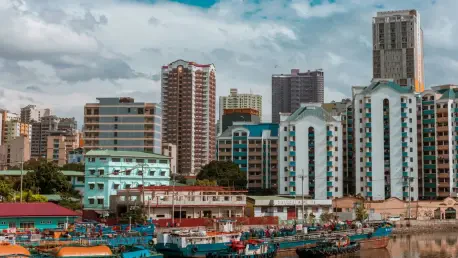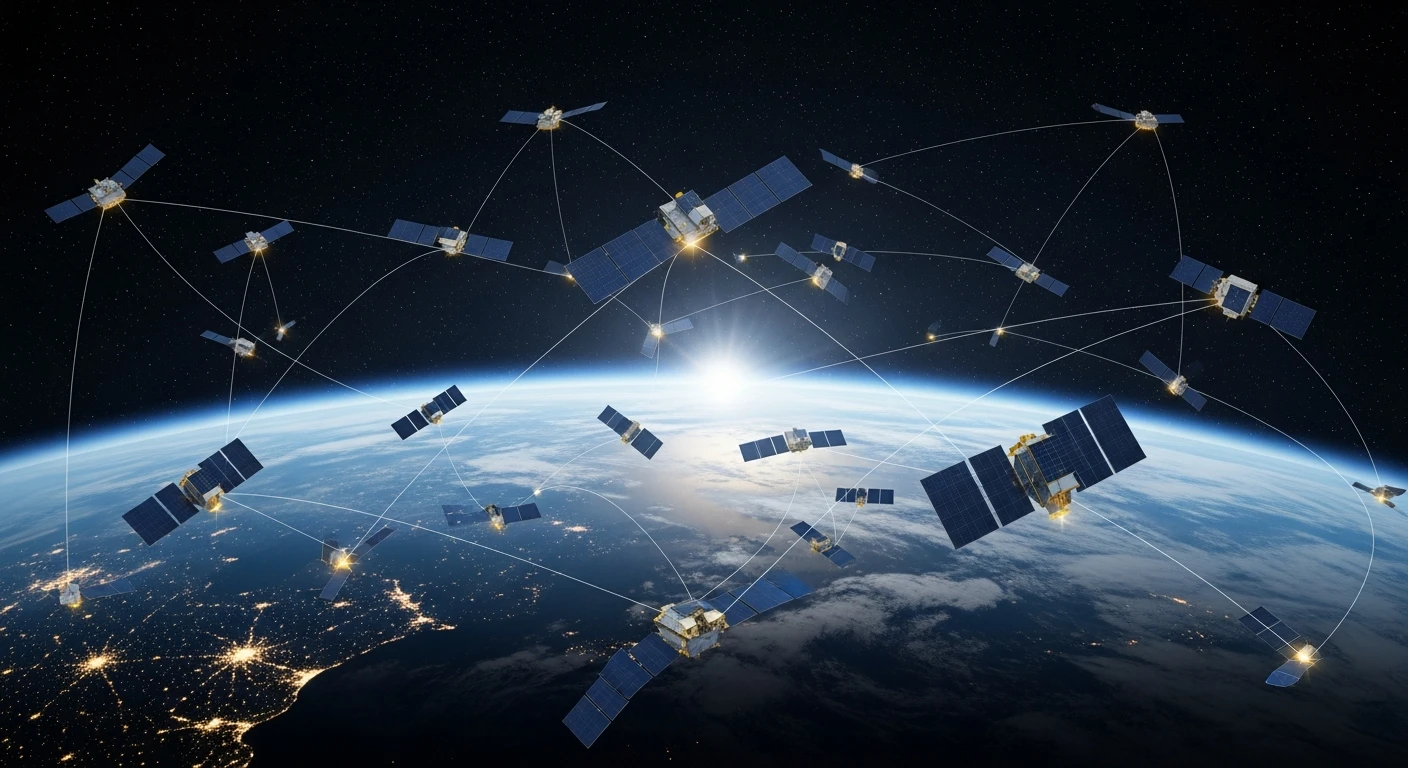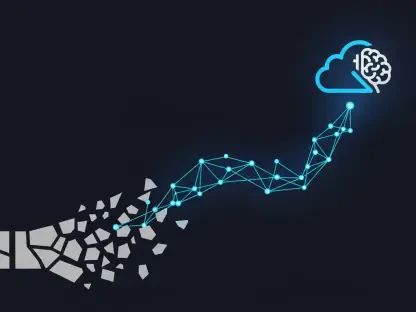The Philippines is embarking on an ambitious journey to significantly reduce internet costs, making access more affordable and comprehensive for its citizens by 2028. The government’s Department of Information and Communications Technology (DICT) is spearheading this initiative, focusing on infrastructure-sharing among telecommunications operators to achieve the goal. With the current administration poised to drive these changes, the objective is to cut internet costs by 30 to 50 percent by the end of President Marcos’s current term. The approach includes maximizing the use of existing assets through facility sharing and negotiating reduced prices with service providers. This comprehensive strategy aims to close the digital divide and make internet access a fundamental right.
Collaborative Strategies for Cost Reduction
Among the primary strategies outlined, infrastructure-sharing stands central, particularly utilizing assets like the common tower policy. By fostering a culture of sharing among telecommunications players, the government aims to reduce expenditures typically channeled into building separate infrastructures. Major telecommunications companies, including PLDT Inc., Globe Telecom, and Converge ICT Solutions Inc., are aligning with these goals. Their collaborative efforts primarily focus on reducing infrastructure-related costs by embracing technology and innovative practices. PLDT underscores “co-building” initiatives, involving shared development of infrastructures like cell towers and subsea cables. Through the adoption of advanced technologies, such as artificial intelligence, the company seeks to enhance operational efficiencies.
Furthermore, Globe Telecom is pursuing a holistic approach to cost reduction, which looks beyond merely operational expenditure to also include capital investment costs. The company is actively exploring renewable energy sources to cut down on electricity costs significantly. In parallel, Converge ICT is channeling its efforts toward underserved communities, aligning its initiatives with governmental frameworks to streamline processes effectively. By prioritizing these methodologies, they collectively aspire to offer more competitive pricing structures for end-users, thereby driving the nation’s digital transformation agenda. Their teamwork demonstrates a unique synergy between governmental aspirations and private sector capabilities.
Facilitating Universal Access
In addition to cost reduction efforts, the DICT has ambitious plans to establish 50,000 free Wi-Fi locations across the nation by 2028. These Wi-Fi spots are intended to cater to approximately 9.8 million users, including those in geographically isolated and disadvantaged regions. Public spaces like hospitals, educational institutions, and transportation hubs are prioritized for these installations, enhancing connectivity for a broader base of users. By improving connectivity in such essential areas, the initiative aims to make digital resources more accessible, essentially leveling the playing field for users nationwide. The broader consensus is that improved internet connectivity holds significant importance for both social inclusion and economic development.
The increased internet penetration is expected to inspire changes across multiple sectors, enhancing educational opportunities, improving healthcare access, and even fostering innovation across various industries. With these advancements, the Philippines hopes to emerge as a hub for digital enterprises in Southeast Asia. This multifaceted approach, involving both public initiative and private participation, highlights a concerted effort to ensure that internet connectivity becomes a catalyst for societal change. By drawing on both sectors’ strengths, the overarching objective is to ensure that internet access becomes readily available and affordable for all by providing equitable opportunities connected to the lifelines of modern society.
Future Considerations and Impact
The Philippines is on a bold mission to make internet access more affordable and extensive for its citizens by 2028. Spearheaded by the Department of Information and Communications Technology (DICT), this initiative aims to slash internet costs significantly—by 30 to 50 percent—before President Marcos’s term concludes. The government’s plan centers on infrastructure-sharing among several telecommunications operators, a strategy designed to lower costs effectively. By encouraging these operators to share existing facilities, the DICT intends to optimize resources and negotiate better rates with service providers. This initiative is driven by a long-term vision to bridge the digital divide and establish internet access as a basic human right for the population. The approach is part of a wider effort to foster digital inclusion, ensuring that more people can participate in the digital economy and society. Through these strategic moves, the Philippines hopes to create a more equitable and accessible internet landscape.









